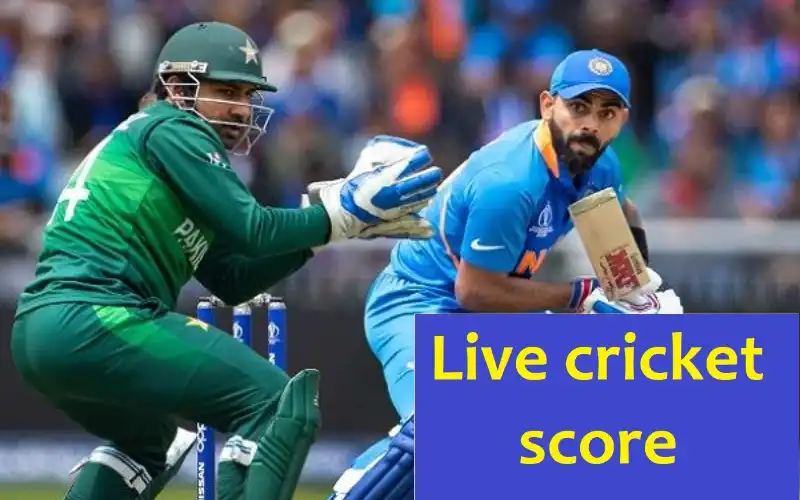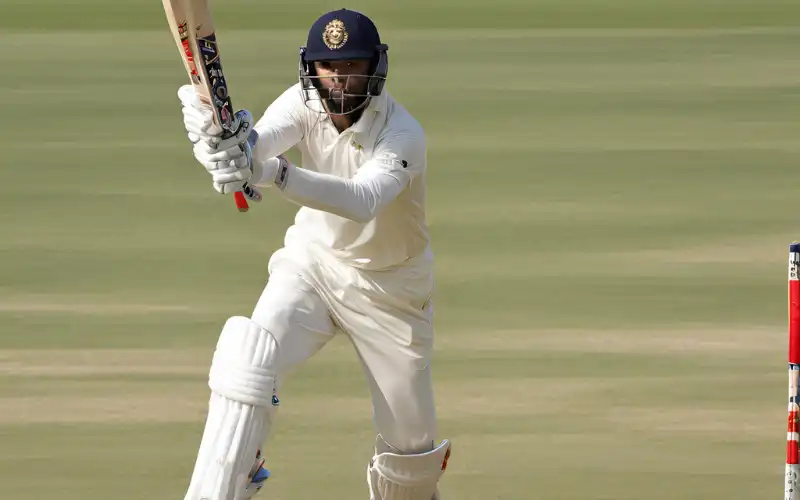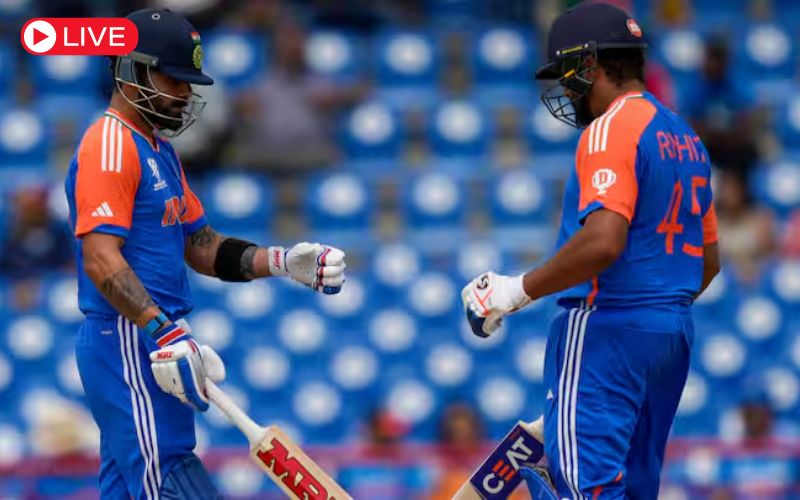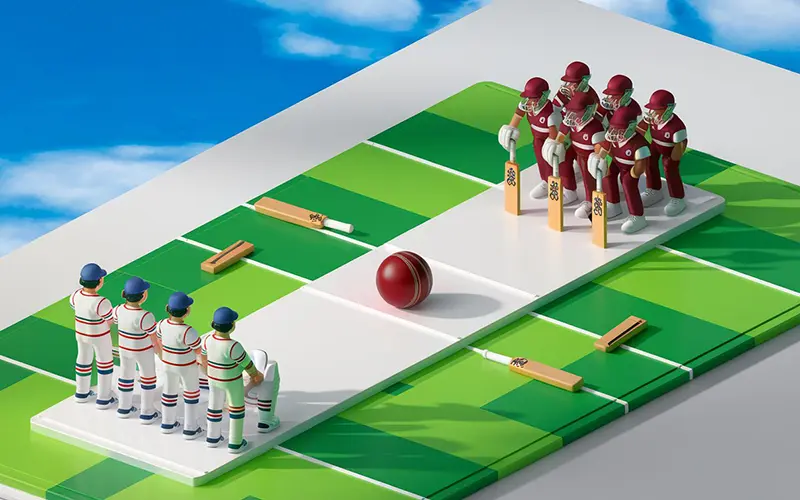In the intricate Dead ball in cricket, the term dead ball in cricket holds a unique and important significance. It’s a rule that can change the course of a match in just seconds, and understanding its intricacies is essential for players, umpires, and enthusiasts alike. At 7cric, where cricket is celebrated with unparalleled passion, grasping the true essence of a dead ball in cricket is more than just rule-following — it’s about honoring the spirit of the game.
What is a Dead Ball in Cricket?
A dead ball in cricket refers to a situation where the ball is no longer in play, and hence no runs can be scored, nor can a batsman be dismissed. This typically occurs due to specific events recognized in the rules of cricket. According to Law 20 of the MCC Laws of Cricket, a ball in cricket is a legitimate pause in gameplay and must be acknowledged by the umpire.
Situations That Lead to a Dead Ball in Cricket
There are numerous scenarios in which a ball in cricket can be declared. Some of the most common include:
- The ball settles in the hands of the wicketkeeper or bowler and no further action is possible.
- A batsman is dismissed.
- The ball crosses the boundary.
- An umpire intervenes due to external reasons, such as crowd interference or an injury.
- A no-ball or wide is signaled.
- Unfair play or distraction to the batsman occurs.
At 7cric, these rules are stringently followed during tournaments, ensuring fair and transparent matches.
Umpire’s Role in Declaring a Dead Ball in Cricket
The umpire has sole discretion in signaling a dead ball in cricket. Whether the cause is external, such as a dog running onto the pitch, or internal, such as a late delivery that distracts the batsman, the umpire must assess and decide when the ball is officially out of play. In 7cric matches, the umpire’s decision regarding a ball in cricket is final and must be respected by all players.
Impact of a Dead Ball in Cricket on Match Dynamics

Declaring a dead ball in cricket can disrupt the momentum of a game, either halting a potentially advantageous play or saving a batsman from dismissal. For example, if the ball hits a helmet lying on the ground, the umpire can call a dead ball in cricket, negating any runs or wickets that might follow.
In high-stakes 7cric contests, such calls can swing the game significantly, highlighting the importance of precision and timing.
Controversies Surrounding the Dead Ball in Cricket
Though seemingly straightforward, the rule of a ball in cricket is not without controversy. Debates often arise when umpires delay the call or when players believe the ball was live longer than ruled. At 7cric, technology and instant replay help minimize such controversies, maintaining the integrity of the ball in cricket rulings.
Examples of Dead Ball in Cricket from Iconic Matches
Several high-profile games have witnessed game-changing moments linked to the dead ball in cricket:
- In an international ODI match, a batsman was run out after the ball was initially called dead due to distraction — sparking debate.
- During a domestic 7cric tournament, a bowler’s delivery was interrupted by a pitch invader, leading to an automatic ball in cricket and a replayed delivery.
Such incidents underline how vital this rule is in maintaining fairness.
Dead Ball in Cricket and Its Role in Protecting Players
One of the most important aspects of the ball in cricket is its role in safeguarding players. When a batsman is injured or distracted unexpectedly, the umpire may call the ball dead to ensure the safety and mental readiness of the players. In 7cric leagues, where fair competition is key, the health and safety of players are always prioritized with immediate ball in cricket decisions when necessary.
Training Players for Dead Ball Awareness in 7cric
Coaches and officials at 7cric emphasize the importance of understanding the ball in cricket during training sessions. Players are taught to recognize cues and situations where the ball is likely to be declared dead, enabling them to respond accordingly and avoid penalties or missed opportunities.
Conclusion: The Strategic Importance of the Dead Ball in Cricket in 7cric
Mastering the concept of a dead ball in cricket is crucial for players who want to excel in professional settings like 7cric and you can also enjoy the real cash withdrawal games. Whether it’s for maintaining game decorum, ensuring player safety, or upholding fair play, the rule holds significant weight. In fast-paced matches where every second counts, being aware of when and why a ball is dead can be the difference between victory and defeat.
Understanding every nuance of a ball in cricket not only elevates a player’s strategy but also enhances the viewing experience for fans and upholds the dignity of the sport. At 7cric, this rule is more than just a technicality — it’s a pillar of the game’s integrity.







